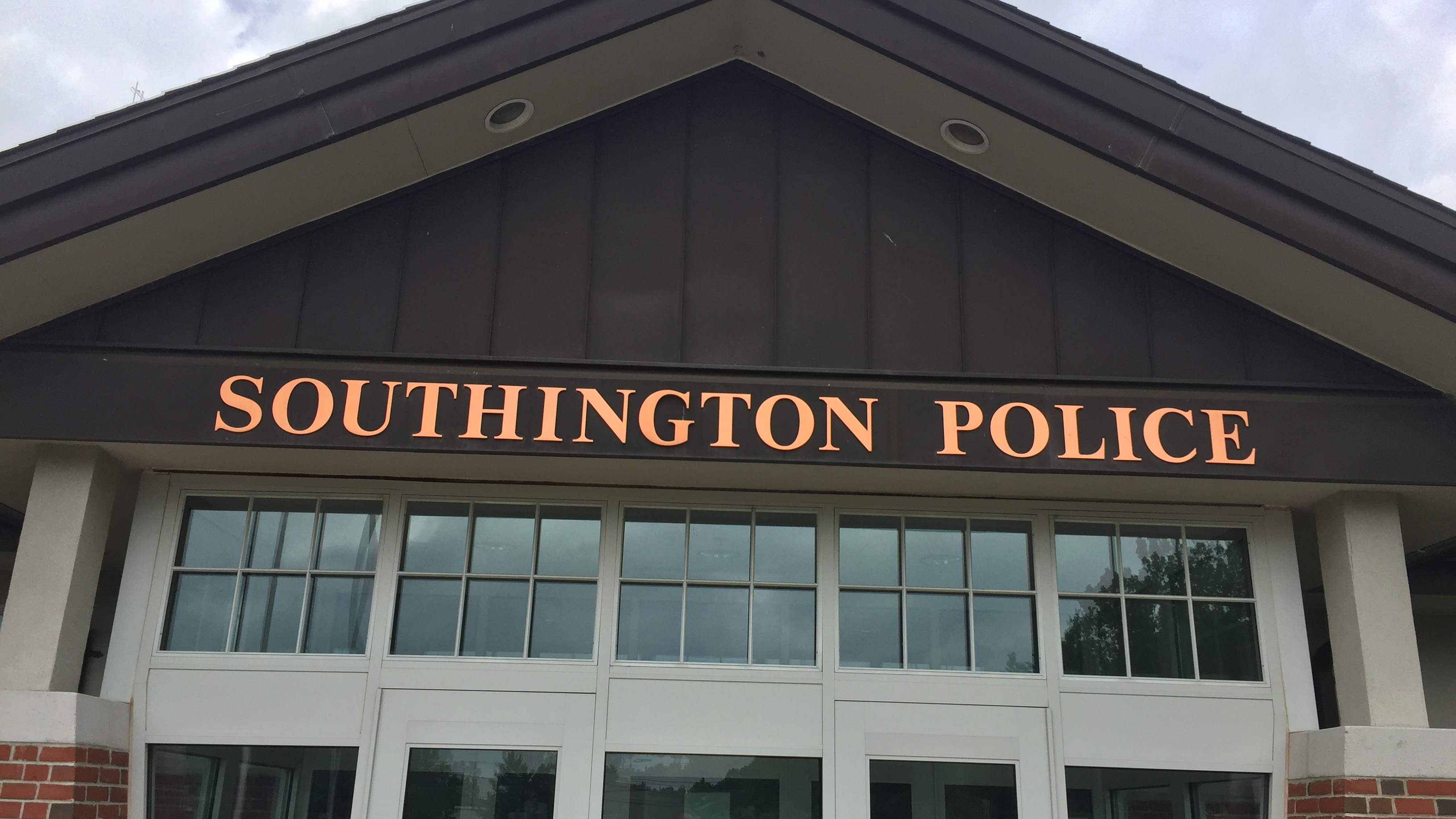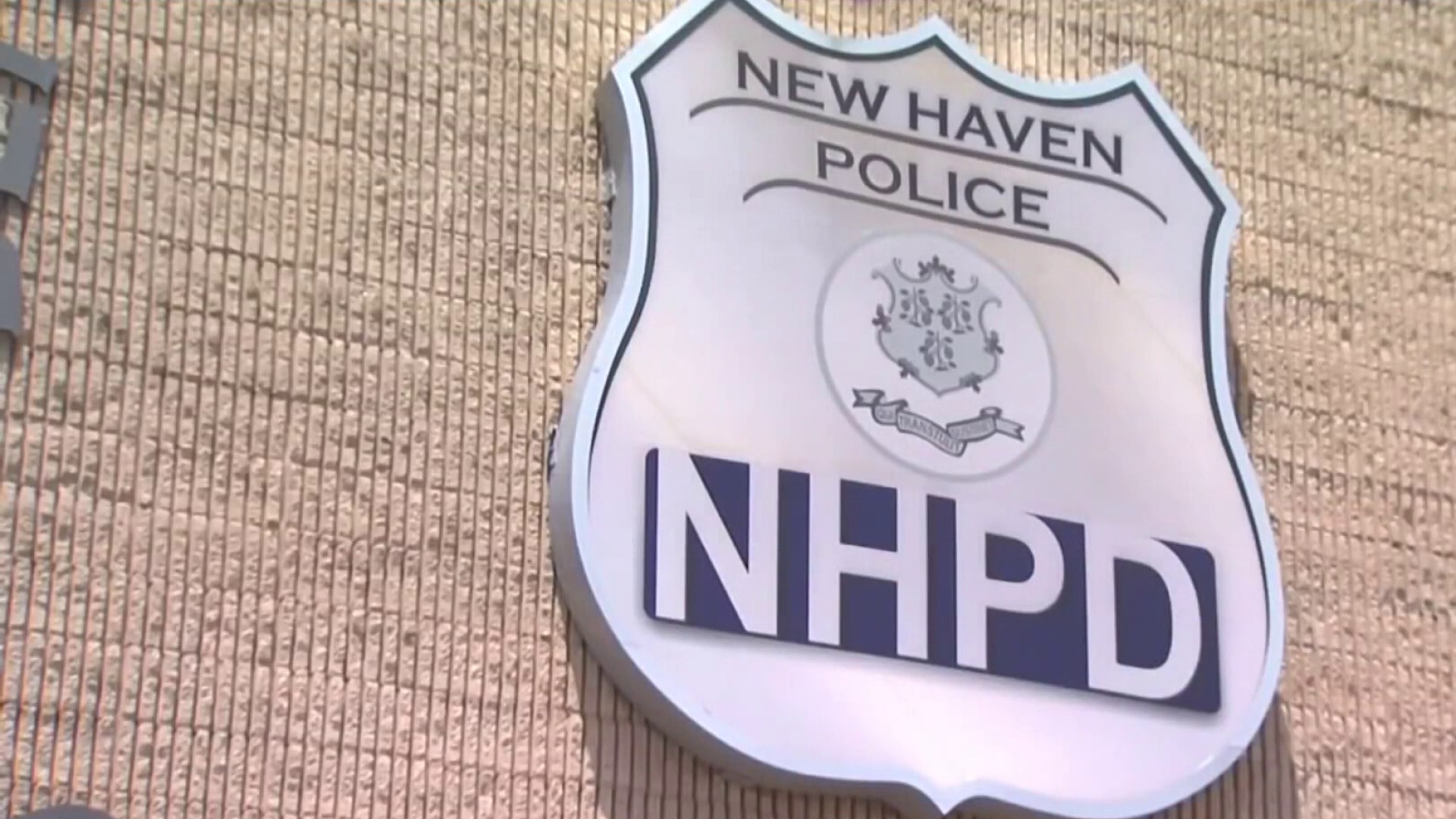An astronomical celebration is just around the corner.
But if you want to see the solar eclipse for yourself, there are steps you need to take to do so safely.
First and foremost: to watch this out-of-this-world display April 8, don’t even think about looking right at the sun.
“Most important thing, do not look directly at the solar eclipse with your eyes,” said UConn associate professor of physics Jonathan Trump. “Here in Connecticut the eclipse will be about 90% which is pretty spectacular, but even 10% of the sun’s light is a lot of the sun’s light.”
Get Connecticut local news, weather forecasts and entertainment stories to your inbox. Sign up for NBC Connecticut newsletters.
UConn is one of many organizations around the state holding a celebration and viewing event.
“The next one is not going to be for another 20 years, so yeah this is a special event,” said Trump.
Talcott Mountain Science Center and Academy in Avon is hosting an event too.
Local
The center’s director of science and innovation Jay Write says while it may seem like an off putting the solar eclipse glasses on, “You’re not going to look particularly attractive when you wear them, but you know you know you’re going to be protected.”
Sunglasses aren’t strong enough to protect your retinas from these UV rays.
“The ultraviolet light is what give us sunburns and it can severely damage the retina in the back of your eye and permanently scar your vision. So do not look directly at the sun,” said Trump.
You can view the solar eclipse safely with certified solar eclipse glasses.
If you wear eyeglasses, put the solar eclipse glasses on top of your glasses.
And if you have solar eclipse glasses from the last phenomena visible stateside, which was seven years ago, you should get a new pair.
Experts we spoke to say they have no more than a three-year shelf life.
Here’s a way to test their viability.
“If you look around and can see anybody or a desk lamp or things like that, don’t wear them to watch the sun because they’re not effective. The only thing you should be able to see through these is the sun,” said White.
Look for the “ISO” the International Organization for Standardization approval on the glasses you purchase.
But beware.
“The problem is in the last years, many manufacturers who are illegitimate are saying they abide by that, but they don’t,” said White.
So, check the details of your specific pair on the American Astronomical Society or NASA’s website.
And if you can’t track down a pair of glasses before the big day, no sweat.
Look around your house for a straw hat or colander with small holes.
Or even a manilla folder.
“And I just used a pin and put a series of holes in it. It turns out that those now become mini projectors,” explained White.
Then turn your back to the sun and hold out the object.
White says what you’ll see, “Those are not just images of the holes themselves. Those are sun images and on the day of the eclipse, you’re going to look and say wait that’s not a whole circle, you’re going to actually be able to watch larger and larger bites actually being taken out of the circle.”
Here’s another creative option.
“You can take a cardboard box and you can make a pinhole camera. The key is you cut out a place for your eyes to look in, I like to use aluminum foil,” explained Trump.
“So, if I move closer you can see I made a hole a little pin hole there. The idea is if you line the pinhole up with the sun. Look in the box, you can actually see a projection of the solar eclipse in the bottom of the dark box,” he said.
Talcott Mountain Science Center and Academy’s solar eclipse event is already sold out, but UConn is free and open to all.
Also check with your local library for solar eclipse glasses.
Many around the nation are providing them to families.
“They look back and they say, 'oh I remember when I was 6 and I got to see a solar eclipse, or I remember when I was so and so and I got to see a lunar eclipse.' These are things that punctuate our lives and I think that’s really important for us,” said White.



